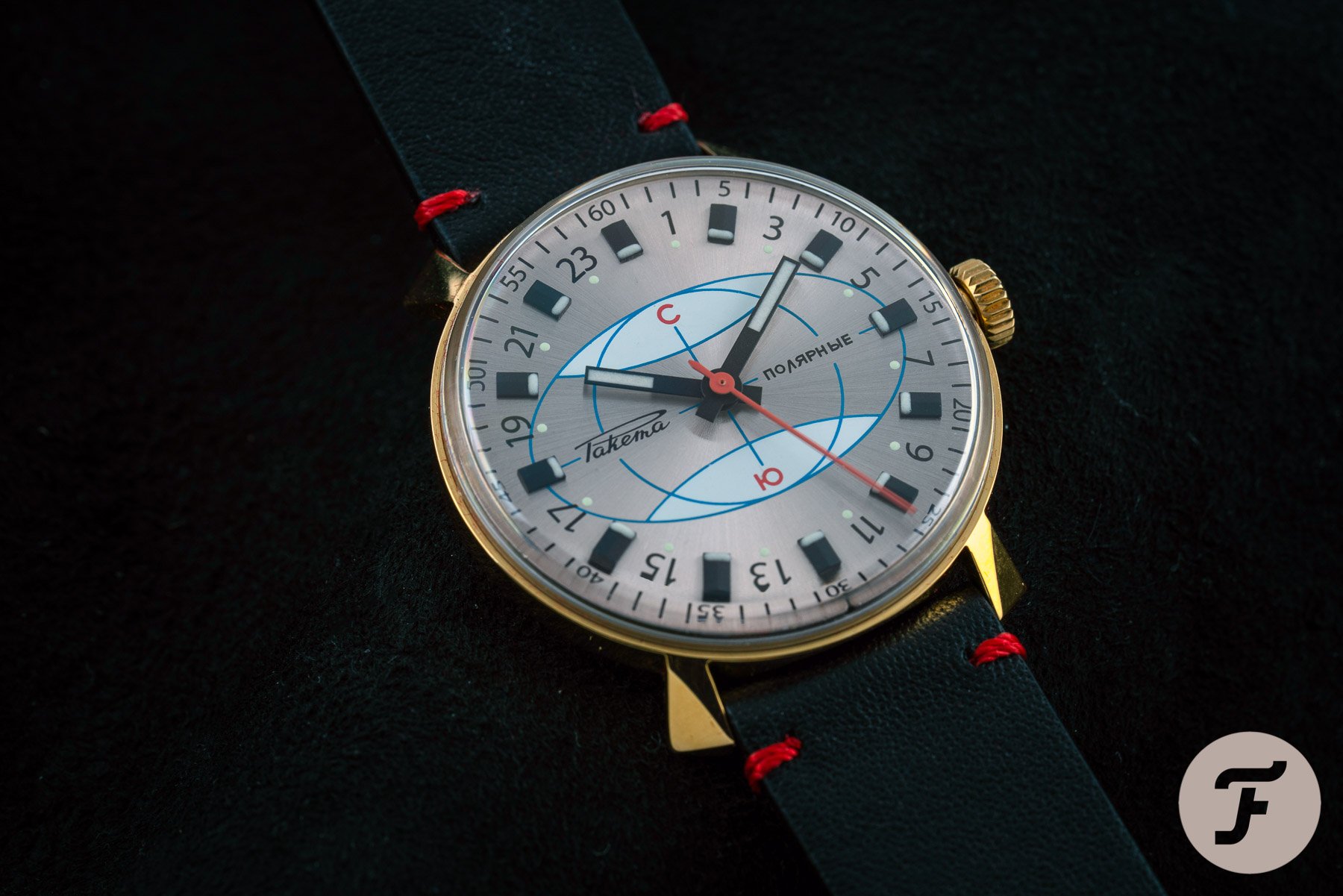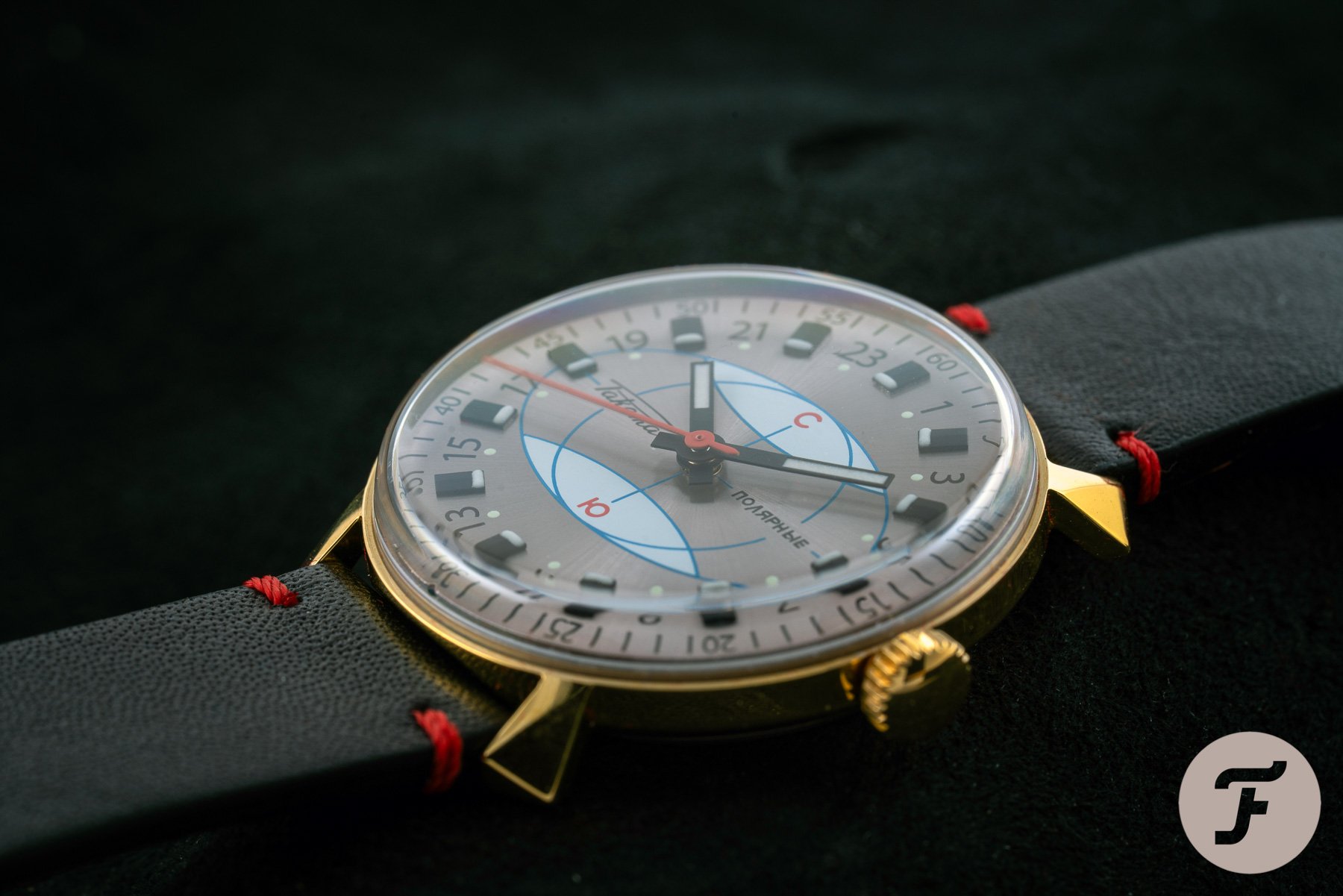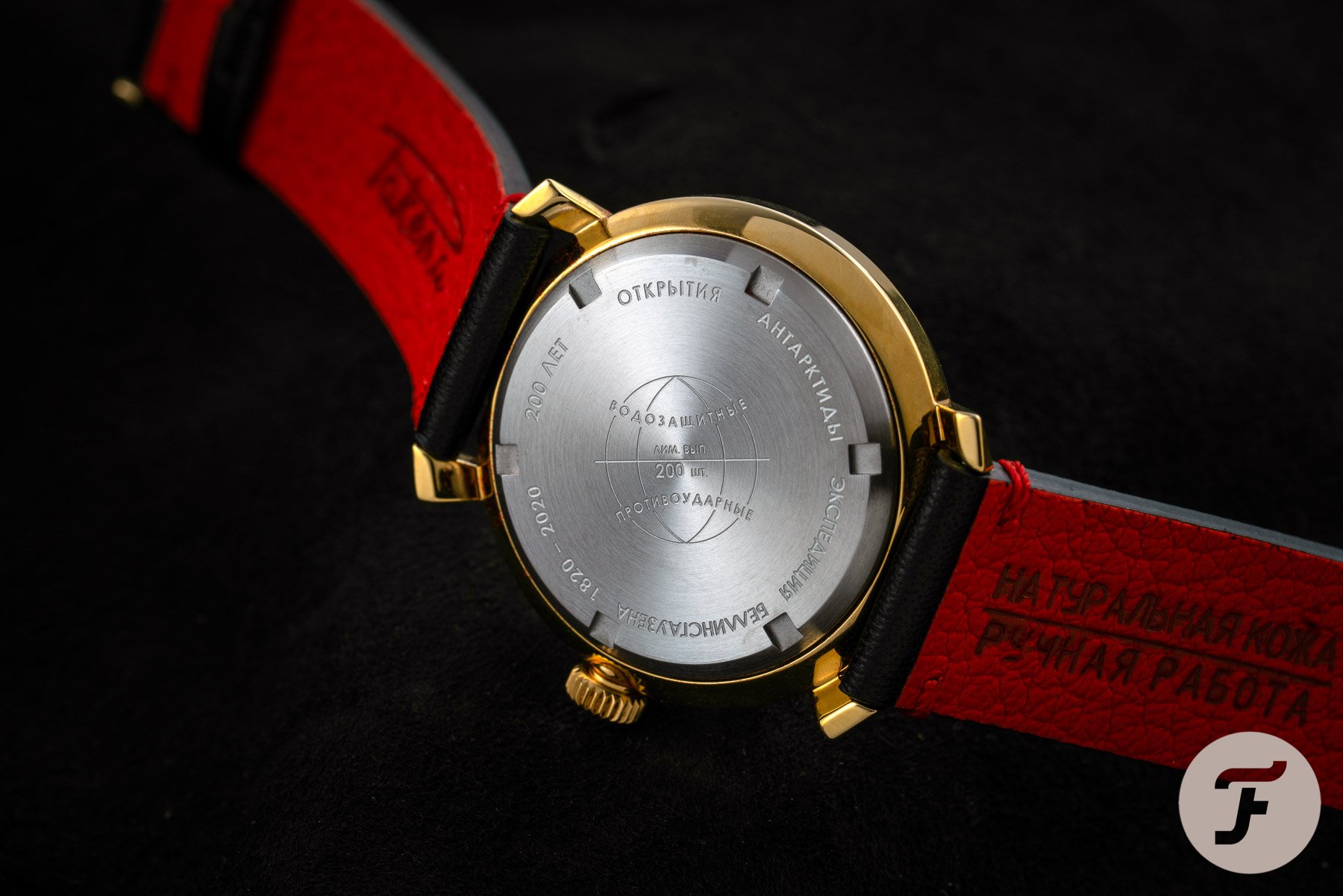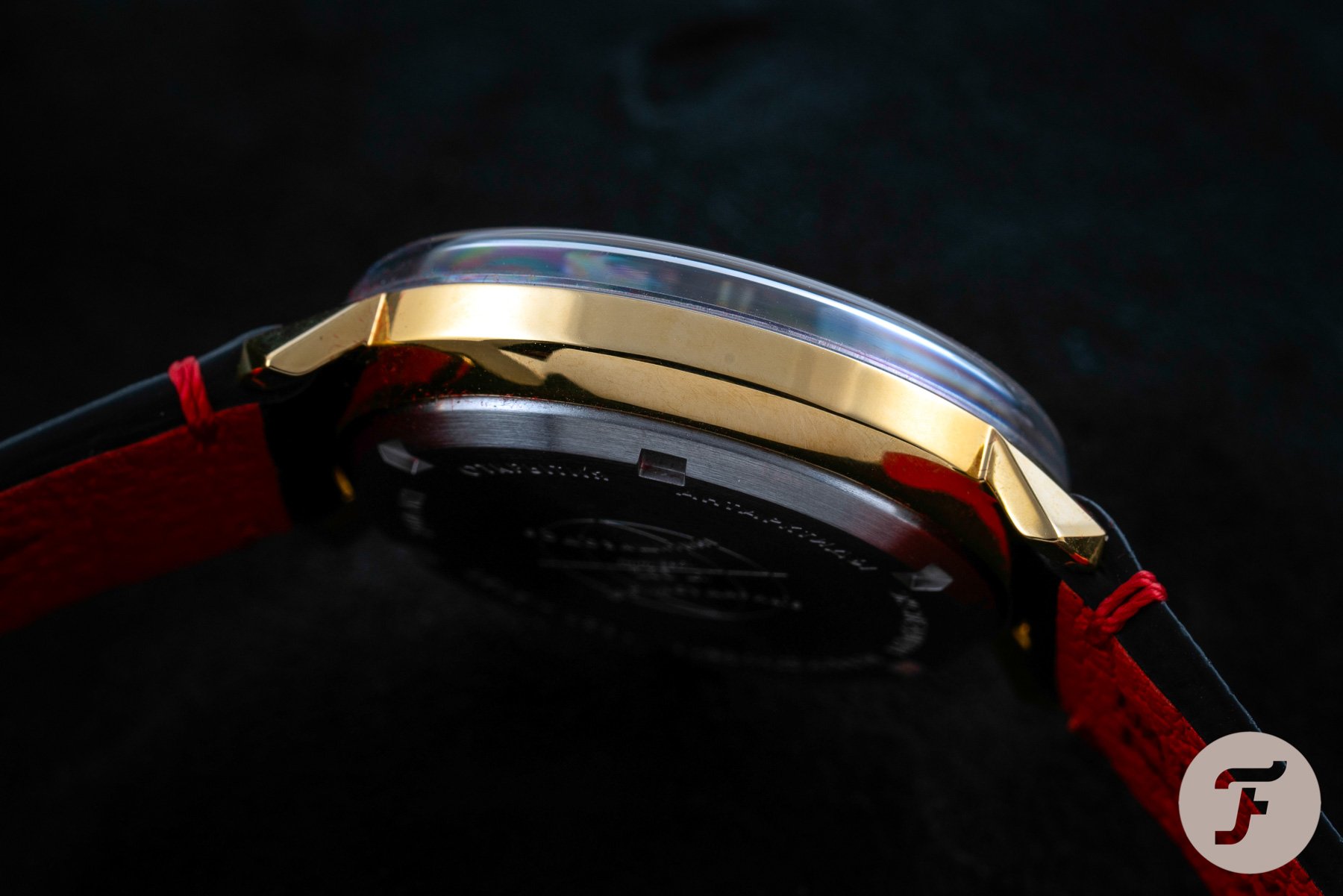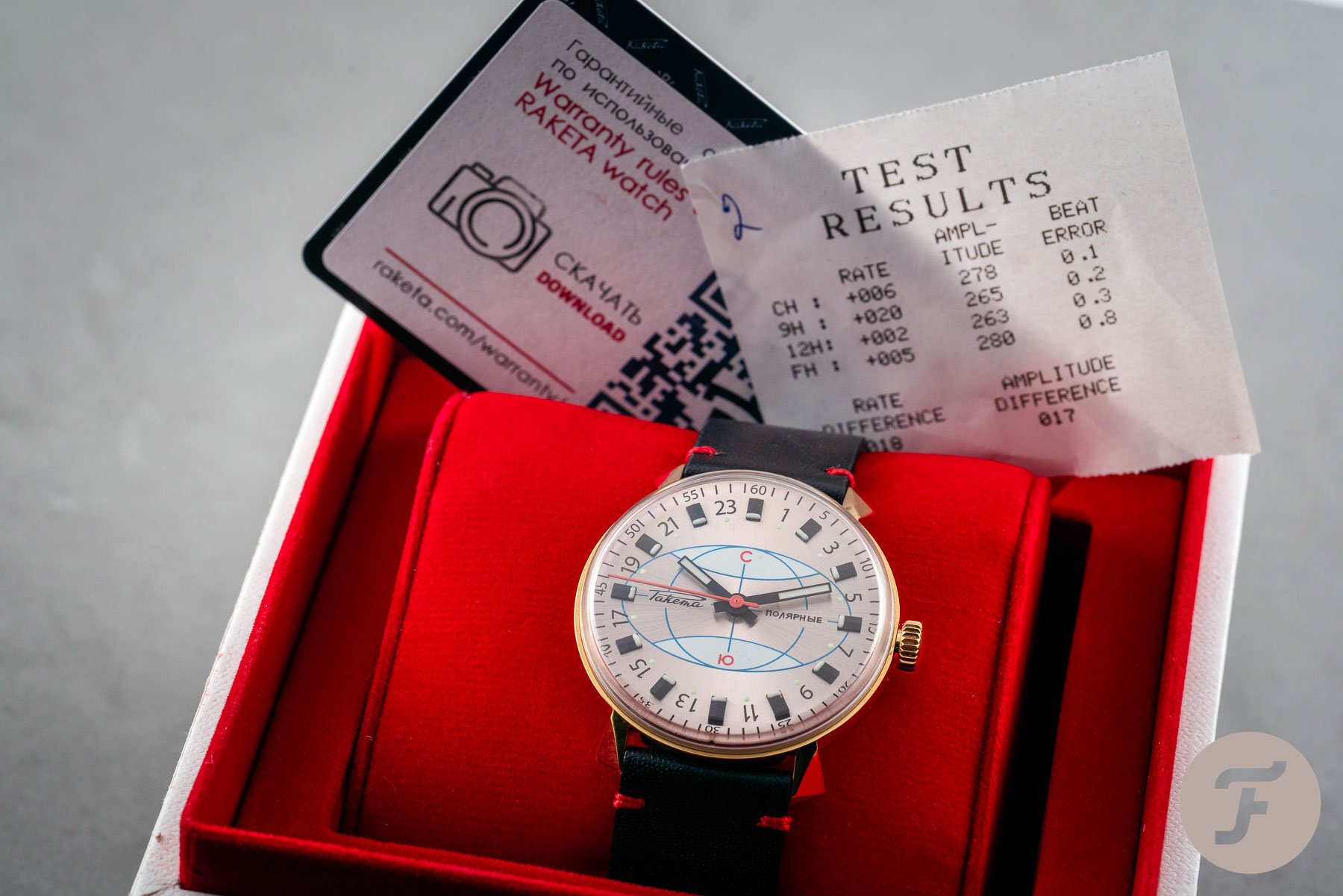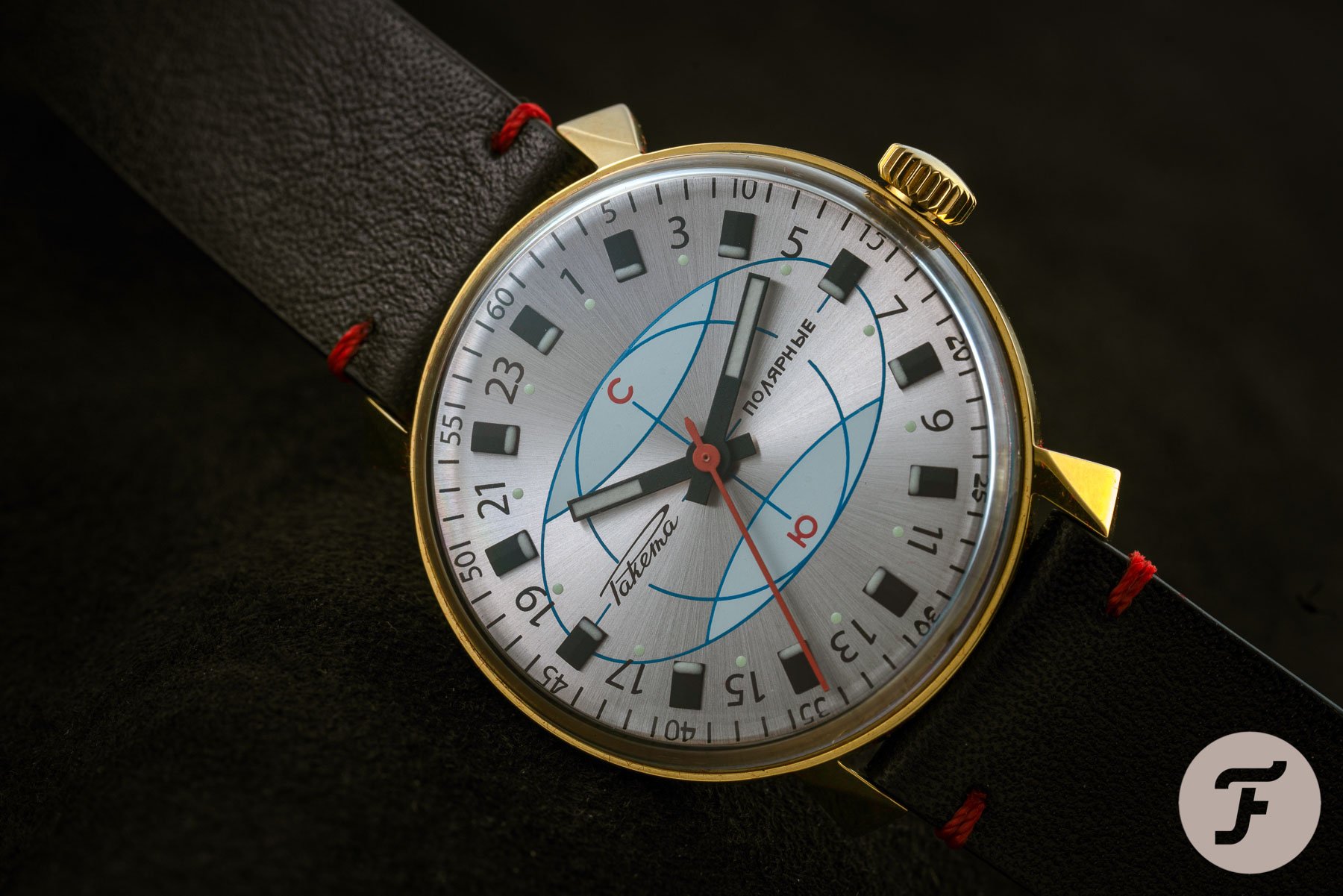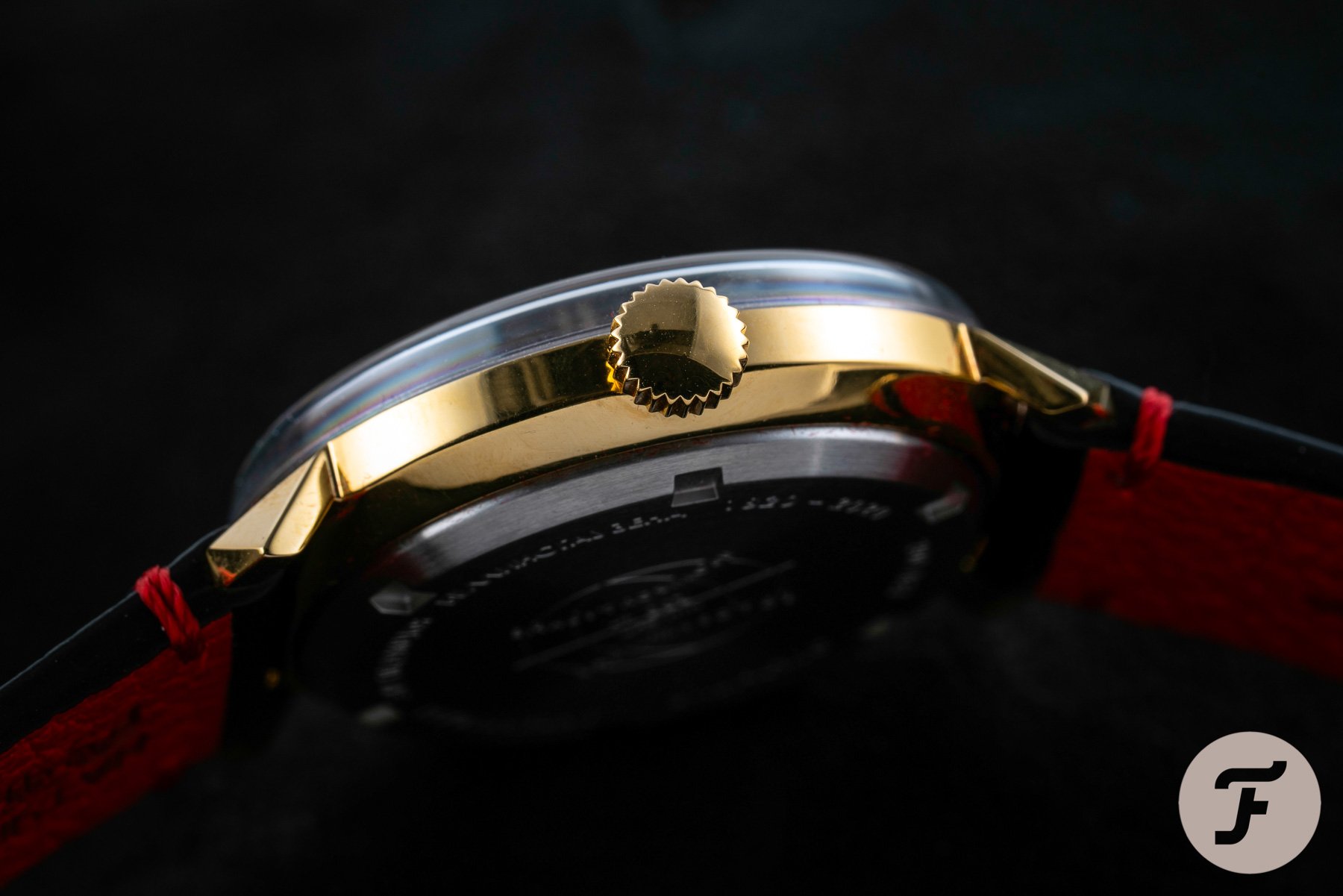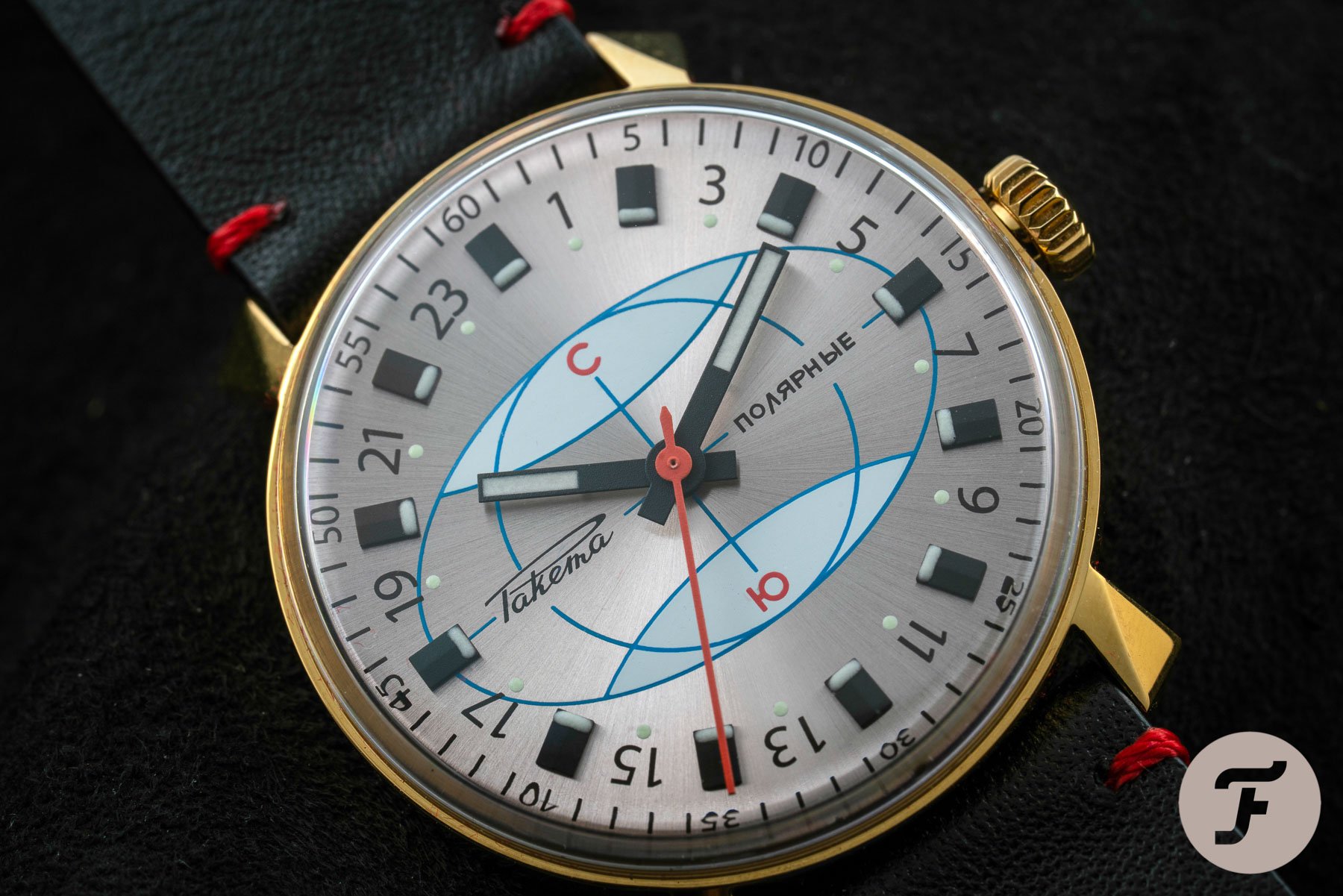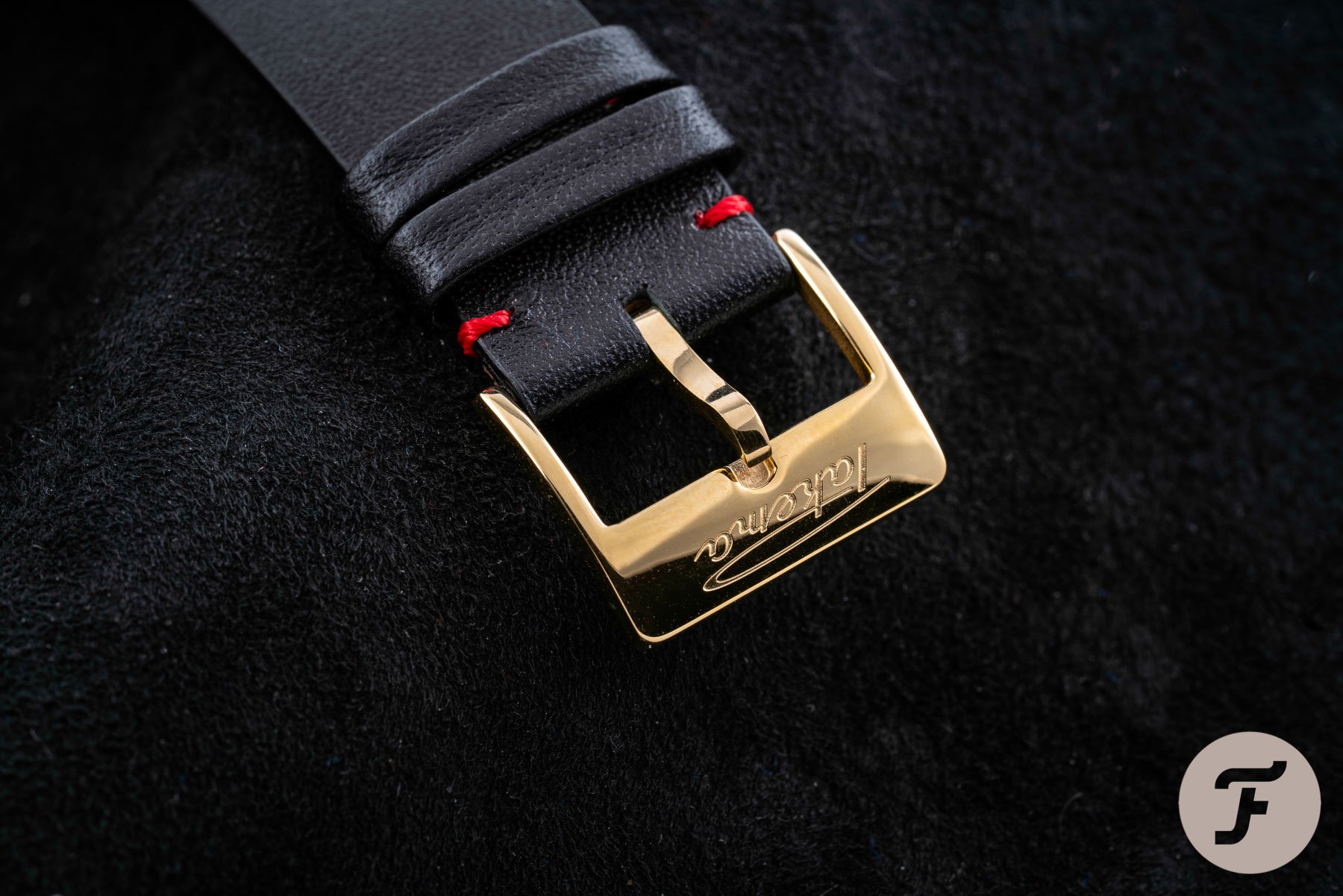Raketa Polar Watch Hands-On Review
Sometimes it’s difficult to describe how a watch makes you feel. That’s exactly what I had when I received this Raketa Polar Watch. My first reaction was one of amazement because of its retro Soviet looks. Now I appreciate some retro style communist-style design because of its boldness and clarity in getting the message across. But I wasn’t too sure about what the Raketa Polar Watch was trying to tell me.
Let’s be clear, Raketa is a Russian brand with a lot of history. From Russian cosmonaut Yuri Gagarin to former Soviet leaders Leonid Brezhnev and Mikhail Gorbachev, Raketa is connected to some amazing stories. But it’s not just a great story that makes a great watch. And for the last two weeks, I have been going back-and-forth between great stories and quirky off-beat looks. But let’s start at the beginning and explore some of the Polar Watch’s history.
The Raketa Polar Watch is a recreation of an iconic watch that was produced in 1970. It was used by the Russian explorers of the 16th Soviet Antarctic Expedition. They needed a watch that could help them in the most extreme circumstances and this Raketa (Paketa in Russian) was purpose-built for the task. This recreation of the original Polar Watch is released to celebrate the 200th anniversary of the discovery of the Antarctic continent in 1820 and the 50th anniversary of the first production of the Soviet Raketa Polar watch. Fittingly so, the Polar Watch is a limited production run of 200 pieces.
The Raketa Watch Factory
Watch enthusiasts know that Raketa is one of the biggest names in the Russian watch industry. Other famous Russian brands include Poljot, Vostok, Sturmanskie, and Slava. All these brands are connected to some of the most iconic Soviet stories in history. That gifts them with uncommon historical relevance. It’s no different for the Raketa Polar Watch. As previously mentioned, the watch was part of one of the biggest stories in Soviet exploration. The new Polar Watch is based on the original archived technical drawings from the late 1960s.
…rocket in Russian…
The name Raketa was first used in 1961 and took inspiration from Yuri Gagarin’s first manned flight in space on the 13th of April 1961 in the rocket Vostok 1. To honor Gagarin, the Raketa brand (rocket in Russian) was founded. In the years to follow Raketa grew into the biggest Soviet watch brand. Production numbers rose to 5 million watches a year in the 1970s. Some of the most famous models produced include the Amphibia, the Big Zero, and the very cool Goroda (or World Timer in English).
The Polar Expedition
The Polar watch was not part of that line-up of popular models. Not because it wasn’t iconic or well-known but because it simply wasn’t available to the public. It was specifically developed for the Russian explorers and released in a small production run. The watch was developed for the explorers that needed a watch that could withstand the harsh conditions of the Arctic. That’s why the Raketa designers and engineers came up with a special case construction made of four separate pieces and a special system to affix the glass.
…the hour hand circles the dial once every 24 hours.
Next to that, there was another practical challenge the engineers had to solve. Because the Arctic knows 6 consecutive months of perpetual darkness or daylight, the explorers needed to be able to know whether it was day or night. In order to solve that situation, the Raketa engineers came up with a movement where the hour hand circles the dial once every 24 hours. This way the explorers were able to easily distinguish day and night. This feature has been widely used since in Raketa’s production.
The Looks Of The Polar Watch
If you like the story and the design, the watch will absolutely appeal to you. But if you’re not into the seventies Soviet design, it will be hard to connect to the watch. And that’s where I have been stuck for the last two weeks after first seeing the watch. My first reaction when opening the box was “this one is definitely not for me.” And as I got to know more and more about the remarkable story of the brand, the watch and the Arctic mission it was developed for, sentiment grew for the watch. Let’s be honest, a great story is a great story. But the looks and impracticalities are hard to get used to.
The Polar Watch is a 35mm watch so by today’s standards, it is on the smaller side. The round-shaped case is made from stainless steel and is gold plated except for the case back. It’s a funny detail as you wouldn’t expect a watch to be used in harsh conditions to be gold plated. But it brings some extra color contrast to the light grey, almost champagne-colored dial that features a brushed sunray pattern. Next to the design of the dial, the watch is also characterized by its sharp-edged lugs. They really stand out and are an acquired taste for sure. For a round-shaped 35mm case I prefer less prominent lugs to balance things out a bit more.
What makes it a retro Soviet watch?
The dial has quite a few elements to take in when you first look at it. The black hour markers with a little dot of Super-LumiNova, really stand out. As mentioned before the hour hand rotates the dial once every 24 hours so the dial also has a 24-hour scale. The even hours have a black hour marker and the odd numbers are printed in between with a small dot of Super-LumiNova underneath. Enclosing the 24-hour scale is a 60-seconds track.
The middle of the dial has a blue printed globe that shows both the northern and southern hemispheres. The time is indicated by black baton hour and minute hands that are filled with Super-LumiNova so you can always read the time without any problems. To top it off, the thin red seconds hand contrasts well with the black elements.
It’s a color combination that can also be found on the strap with a black outer side with red stitching and a red inner side. The strap has a gold-plated pin buckle matching the case. Next to the leather strap, the watch will also be delivered with a beige NATO strap.
Getting used to a 24-hour scale
After taking in the quirky looks, I decided to wear the Polar Watch for a couple of days to see what it’s like on the wrist. The first thing I had to get used to is reading the time. Because the hour hand circles the dial once every 24 hours and the minute and seconds hands move normally, you have to re-program your brain a bit. Once you have synced the hour and minute hand in your head, you get used to it. But if you switch back and forth between this watch and other watches it can be a challenge.
The 24-hour scale has become a feature that Raketa is known for. The brand uses this format for quite a number of its tool watches intended for submariners, cosmonauts, and Russian pilots. Responsible for this in the Polar Watch is the in-house produced manual winding Raketa Caliber 2623. It ticks at a speed of 18,000vph or 2,5Hz and has a power reserve of 42 hours.
Raketa is one of the few watch brands that produces every part of the watch and the movement in-house.
The movement is also an exact recreation of the original Raketa Polar Watch movement. Recreating the movement from the seventies proved to be a challenge but one that the people at Raketa tackled with aplomb. A big reason they could do so is that Raketa is one of the few watch brands that produce every part of the watch and the movement in-house. The Petrodvorets Watch Factory where Raketa watches are produced, one of the few watch companies that are able to do so. It makes the story of the Raketa brand even more remarkable and the success of recreating the Polar Watch even more appealing.
Final Thoughts
After having worn the Raketa Polar Watch for a good two weeks and getting used to its looks, I can honestly say that it is a special watch. The story behind the brand and specifically this watch are remarkable. And I love nothing more than a good story behind a watch as it makes the connection so much more meaningful. That’s why I think that Raketa did an incredible job in recreating this classic from 1970. The one thing that I can’t seem to connect to though is its looks. And believe me, I have tried to like it. I have worn it quite a lot and looked at it an endless number of times, but the watch and I do not seem to click.
But that doesn’t mean it will not find its way to people who like the quirky looks of the watch. If you pre-order the watch now, you will pay €1,120. But don’t wait too long as the first watches will be delivered by the end of March. At that point, the chance to pre-order ends. Following that, you would have to pay the full price of €1,400. With a limited run of 200 watches, I have no doubt that all of the watches will be sold because of its legendary status and an incredible story. I, however, will not be one of those 200 people. Learn more at raketa.com.

